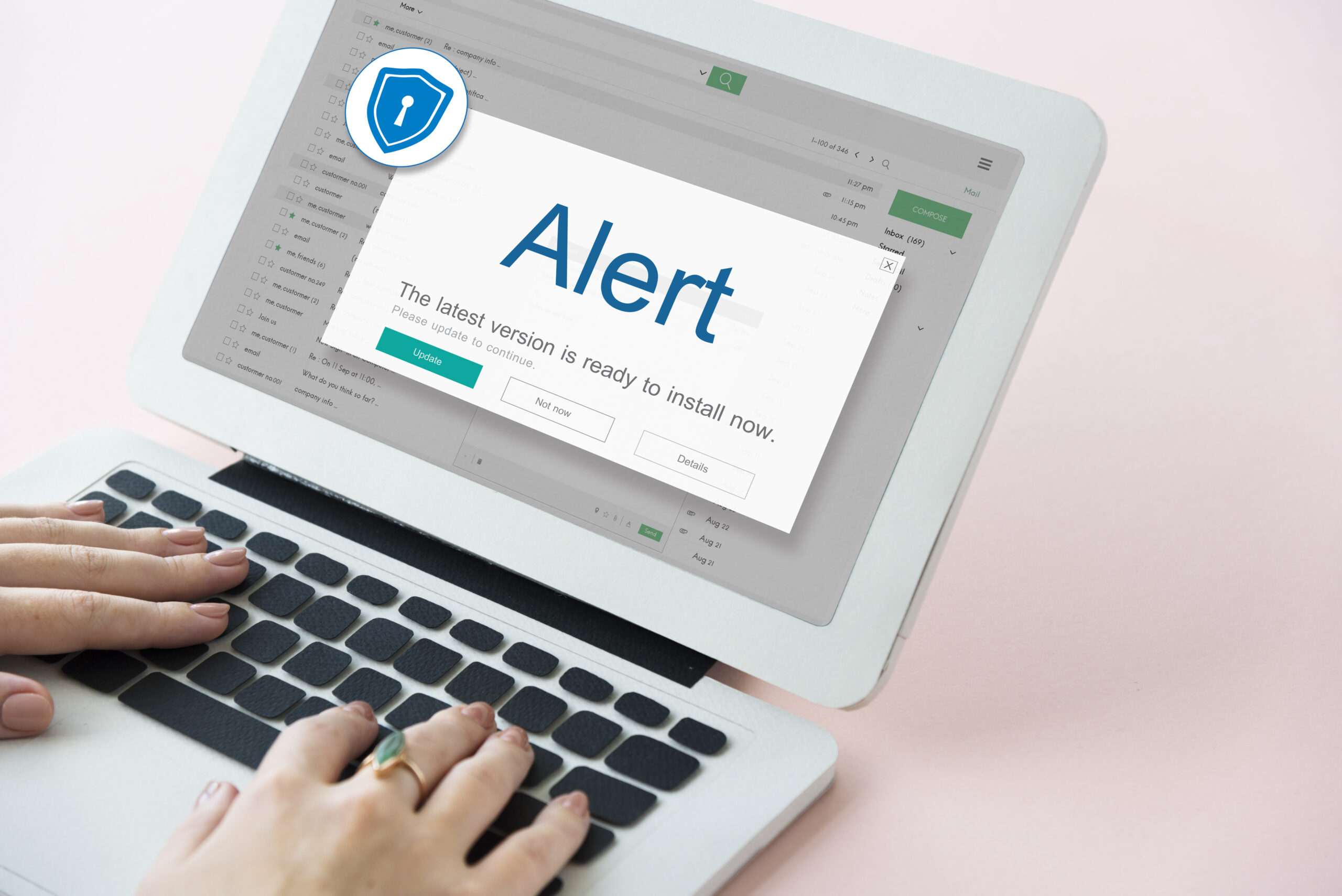The Cybersecurity and Infrastructure Security Agency (CISA) plays a pivotal role in safeguarding critical infrastructure by issuing timely alerts and advisories on emerging cyber threats. Their latest alert, released in April 2025, highlights actively exploited vulnerabilities in systems like Broadcom Brocade Fabric OS, Commvault, and Qualitia Active! Mail clients, alongside ongoing concerns like ransomware and fast flux techniques. These alerts aren’t just warnings—they’re a call to action for organizations to reassess and strengthen their cybersecurity strategies. Here’s what the latest CISA alert means for your organization and how you can respond effectively.
Key Takeaways from the Latest CISA Alert
CISA’s recent communications, including posts on X and detailed advisories, emphasize several critical threats:
- Actively Exploited Vulnerabilities: CISA added three new vulnerabilities to its Known Exploited Vulnerabilities (KEV) catalog, affecting enterprise storage, backup, and email systems. For instance, CVE-2025-3928 and CVE-2025-1976 are noted as critical and high respectively, with high CVSS scores indicating severe risks like remote code execution.
- Ransomware Threats: Joint advisories with the FBI and international partners highlight ransomware groups like RansomHub and BlackSuit, which target critical infrastructure sectors such as healthcare, education, and manufacturing. These attacks leverage sophisticated tactics, techniques, and procedures (TTPs) to extort organizations.
- Fast Flux Techniques: A joint advisory with the NSA and FBI warns of “fast flux,” a method used by malicious actors to obscure server locations through rapidly changing DNS records. This technique complicates detection and blocking, posing a national security threat.
- Secure by Design Push: CISA continues its Secure by Design initiative, urging software manufacturers to embed security into product development to eliminate vulnerabilities early. This reflects a broader call for proactive, rather than reactive, cybersecurity measures.
These points signal a dynamic threat landscape where both immediate action and long-term strategy adjustments are essential.
Implications for Your Cybersecurity Strategy
The CISA alert underscores vulnerabilities and attack methods that can directly impact your organization’s operations, data integrity, and reputation. Here’s how it affects your cybersecurity strategy:
- Patch Management is Non-Negotiable: The exploited vulnerabilities in Broadcom, Commvault, and Qualitia systems highlight the urgency of timely patching. Organizations must prioritize updating vulnerable systems to prevent exploitation, as delays can lead to severe breaches.
- Ransomware Defense Requires Layered Security: Ransomware groups like RansomHub exploit unpatched systems and weak access controls. A robust strategy must include endpoint detection, regular backups, and employee training to counter phishing and social engineering—the common entry points for ransomware.
- Enhanced Network Monitoring for Fast Flux: Fast flux techniques evade traditional defenses, making advanced monitoring and Protective DNS (PDNS) services critical. Organizations should adopt multi-layered detection to identify and block these obfuscated threats.
- Shift to Proactive Security: CISA’s Secure by Design initiative pushes organizations to demand secure products from vendors and integrate security into their own development processes. This proactive approach reduces reliance on reactive fixes and strengthens overall resilience.
- Resource Constraints Amid CISA Downsizing: Recent reports indicate CISA is facing downsizing, potentially reducing free services like threat intelligence and incident response support. Organizations, especially small and medium-sized enterprises, may need to lean on private sector solutions or Information Sharing and Analysis Organizations (ISAOs) to fill gaps.
Actionable Steps to Strengthen Your Cybersecurity
To align your strategy with CISA’s latest guidance, consider these practical steps:
1. Conduct a Vulnerability Assessment:
- Use CISA’s KEV catalog to prioritize patching for known exploited vulnerabilities.
- Perform regular scans to identify unpatched systems, focusing on critical assets like storage and backup solutions.
2. Implement Multi-Factor Authentication (MFA):
- Transition to phishing-resistant MFA, such as FIDO-based authentication, to protect against credential theft, as recommended in earlier CISA guidance.
- Avoid SMS-based MFA due to its susceptibility to interception.
3. Enhance Threat Detection:
- Deploy PDNS services to counter fast flux techniques, as advised in the joint advisory.
- Invest in advanced threat intelligence to differentiate between noise and real threats, especially for organizations with limited in-house expertise.
4. Strengthen Ransomware Defenses:
- Regularly back up critical data and test restore processes to ensure recovery from ransomware attacks.
- Train employees to recognize phishing attempts, which are often the initial vector for ransomware.
5. Engage with Private Sector Partners:
- With CISA’s reduced capacity, explore private ISAOs or commercial cybersecurity services for threat intelligence and incident response support.
- Leverage free or low-cost tools from private companies, which have stepped up to support critical infrastructure.
6. Adopt Secure by Design Principles:
- Vet software vendors for secure development practices and prioritize products aligned with CISA’s Secure by Design pledge.
- If your organization develops software, integrate security throughout the development lifecycle to minimize vulnerabilities.
The Bigger Picture
CISA’s alerts reflect a broader trend: cyber threats are growing in sophistication, and attackers are exploiting both technical and human vulnerabilities. The emphasis on fast flux and ransomware highlights the need for adaptive, intelligence-driven defenses. Meanwhile, CISA’s downsizing underscores the importance of self-reliance and private sector collaboration, particularly for resource-constrained organizations.
Geopolitical tensions and AI-powered attacks further complicate the landscape. The World Economic Forum notes that 60% of organizations see geopolitical issues impacting their cybersecurity, while generative AI is fueling more sophisticated phishing and ransomware campaigns. Your strategy must account for these evolving risks.
Conclusion
The latest CISA alert is a wake-up call to reassess your cybersecurity posture. By prioritizing patch management, adopting layered defenses, and embracing proactive security practices, you can mitigate the risks outlined in the alert. While CISA’s downsizing may limit federal support, the private sector and community-driven solutions offer viable alternatives. Stay vigilant, act swiftly, and build resilience to protect your organization in an increasingly complex threat landscape.
For more details, visit CISA’s official alerts page at www.cisa.gov or explore private sector cybersecurity resources to bolster your defenses.
